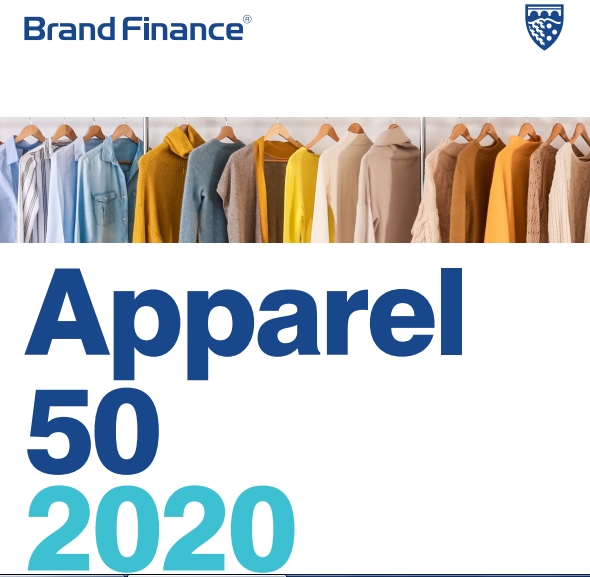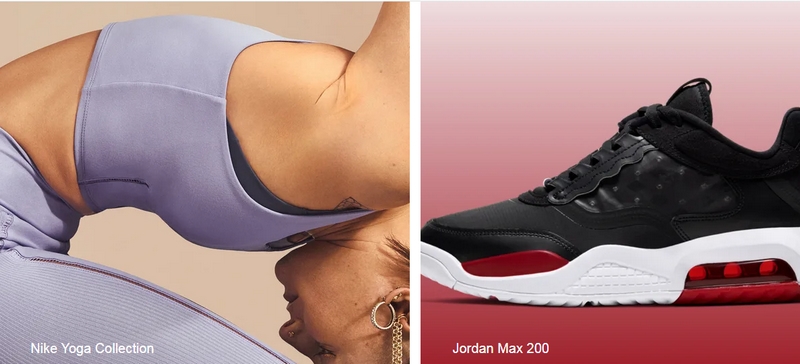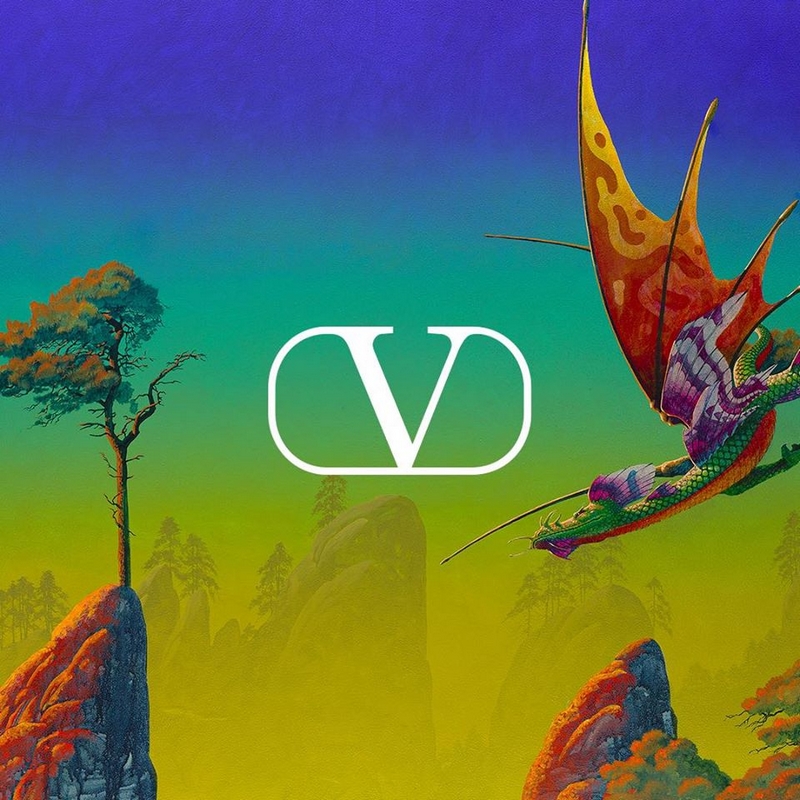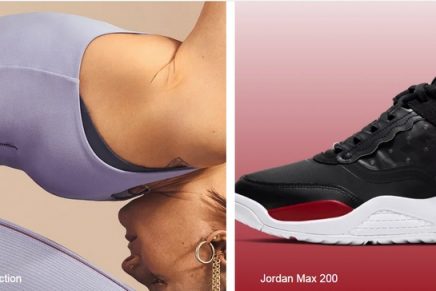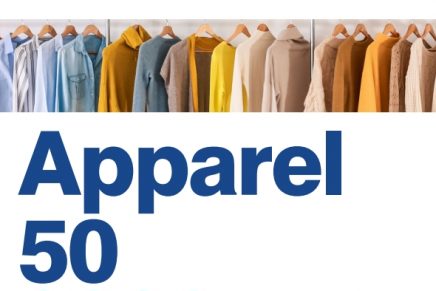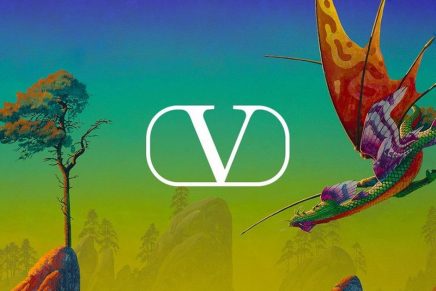Despite the havoc that COVID-19 is undoubtedly going to wreak on the sector in the coming year, agile brands are likely to fare much better than their inflexible counterparts. With new consumer behaviour habits likely to be borne out of the pandemic, brands will look towards greater innovation in their e-commerce businesses and the potential reassessment of their store business models.
The COVID-19 pandemic is undoubtedly going to hit the apparel sector hard
The brand value of the world’s 500 biggest companies, according to the Brand Finance Global 500 2020, is set to potentially lose up to an estimated US$1 trillion as a result of the Coronavirus outbreak, with the apparel sector being one of the most affected. Nike retains its title of world’s most valuable apparel brand, brand value up 7%. Levi’s is sector’s fastest growing, brand value up impressive 38%. In contrast, Valentino and Gap are fastest falling, both brands down 39%.
Brand Finance has assessed the impact of COVID-19 based on the effect of the outbreak on enterprise value, compared to what it was on 1st January 2020. Based on this impact on enterprise value, Brand Finance estimated the likely impact on brand value for each sector. The industries have been classified into three categories – limited impact (0% brand value loss), moderate impact (up to 10% brand value loss) and heavy impact (up to 20% brand value loss) – based on the severity of enterprise value loss observed for the sector in the period between January 2020 and March 2020.
Nike strikes again. Nike retains its title of world’s most valuable apparel brand, brand value up 7%.
For the sixth consecutive year Nike has claimed the title of the world’s most valuable apparel brand, recording a 7% increase in brand value to US$34.8 billion, as of 1st January 2020. The sports giant has focused on implementing a pivotal distribution strategy move, drastically reducing the number of retailers selling its products, with the aim of regaining control of the brand customer relationship and improving profit margins.
Nike’s bitter rival and fellow sportswear superpower, Adidas, has seen a less successful year, recording a 1% decrease in brand value to US$16.5 billion.
Both brands, however, have been forced to close stores following the COVID-19 pandemic and thus sales are going to take a damaging
hit. Adidas announced that it expects to lose over US$1 billion from sales in the first quarter of 2020 from greater China alone.
Both brands will need to rely heavily on their e-commerce businesses to protect themselves as much as possible. Nike surpassed the US$1 billion milestone in quarterly online sales last year, a feat that not only demonstrates the brand’s sheer dominance in the sector but also puts the brand in a solid position to rise up to the challenge of current worldwide turmoil.
Levi’s is fastest growing
Iconic jean brand Levi’s is the fastest growing brand in this year’s ranking, increasing an impressive 38% to US$4.1 billion, as of 1st January 2020. 2019 was a solid year for the brand, as it celebrated its highest growth rate in more than 25 years and undertook an extremely successful IPO after trading privately for over 30 years. The brand, which has traditionally relied heavily on its men’s clothing range, now boasts womenswear as the fastest-growing segment of its business – a testament to the brand’s successful diversification strategy.
As one of America’s oldest companies, Levi’s has been focusing on maintaining its relevance against its younger, more modern counterparts, through partnering with music festival Coachella and launching its ‘Use Your Voice’ advertising campaign – empowering the younger generation to spark change.
Valentino and Gap struggle
In contrast Valentino (brand value US$1.4 billion) and Gap (brand value US$1.6 billion) are the two fastest falling brands in the ranking both recording a 39% drop in brand value.
Italian luxury fashion brand, Valentino, has been negotiating slowing revenue and sales over the previous year, particularly in parts of its key Chinese market – which accounts for approximately 30% of the brand’s sales – in the face of civil unrest in Hong Kong and the general slowing Chinese economy.
Similarly, Gap’s fortunes have been less than favourable. With declining sales, the abrupt exit of CEO Art Peck, and the plan to close 230 of its stores on the horizon, the brand is evidently taking measures to attempt to counteract its sharp drop in earnings.
Rolex retains crown as sector’s strongest
In addition to measuring overall brand value, Brand Finance also evaluates the relative strength of brands, based on factors such as marketing investment, familiarity, loyalty, staff satisfaction, and corporate reputation. Alongside revenue forecasts, brand strength is a crucial driver of brand value. According to these criteria Rolex (down 2% to US$7.9 billion) is the world’s strongest apparel brand with a Brand Strength Index (BSI) score of 89.8 out of 100 and a corresponding elite AAA+ brand strength rating.
The global luxury watch market has been celebrating continuous growth over the previous few years – a result of growing demand amongst millennials and the upsurge in e-commerce channels. Despite the brand only releasing one new model last year, Rolex saw solid sales across the UK and globally.
Rolex, along with other luxury apparel brands, is now having to brace itself for a steep decline in sales as travel restrictions, rapid unemployment and worldwide economic uncertainty ensue following COVID-19. This, paired with broken supply chains and factory closures, certainly marks a tough journey ahead for both Rolex and the luxury apparel sector in general.
Here are top 10 Most Valuable Brands:
1. Nike;
2. Gucci;
3. Adidas;
4. Louis Vuitton;
5. Cartier;
6. Zara
7. H&M;
8. Chanel;
9. uniqlo;
10. Hermes Paris;

